Giuseppe Tartini: 30 Sonate piccole, Volume One
In the last years of his life, the great composer, violinist and swordsman Giuseppe Tartini (1692-1770) laboured at a cycle of sonatas for solo violin. The resulting manuscript offers the most important composition for solo violin after Bach and, at six hours in duration, the largest integrated work for the instrument. This first complete recording is based on a fresh study of the source and includes a number of works in Tartini's shorthand, overlooked in earlier editions.
Peter Sheppard Skærved, violin
Listen To This Recording:
-
Sonata No. 1 in G major (mid 18th c.)
- I Molto andante
- II Allegro cantabile
- III Allegro
- IV Giga
- I Siciliana
- II Allegro
- III Allegro affettuoso
- I Andante Cantabile
- II Allegro
- III Giga
- IV Allegro assai
- I Andante cantabile
- II Allegro assai
- III Grave
- IV Presto
- I Andante cantabile
- II Allegro
- III Allegro assai
- IV Il tormento di questo cuore
- I Andante cantabile ‘senti lo mare‘
- II Allegro cantabile
- III Giga
Sonata No. 2 in D minor (mid 18th c.)
Sonata No. 3 in D Major (mid 18th c.)
Sonata No. 4 in C major (mid 18th c.)
Sonata No. 5 in F major (mid 18th c.)
Sonata No. 6 in E minor (mid 18th c.)
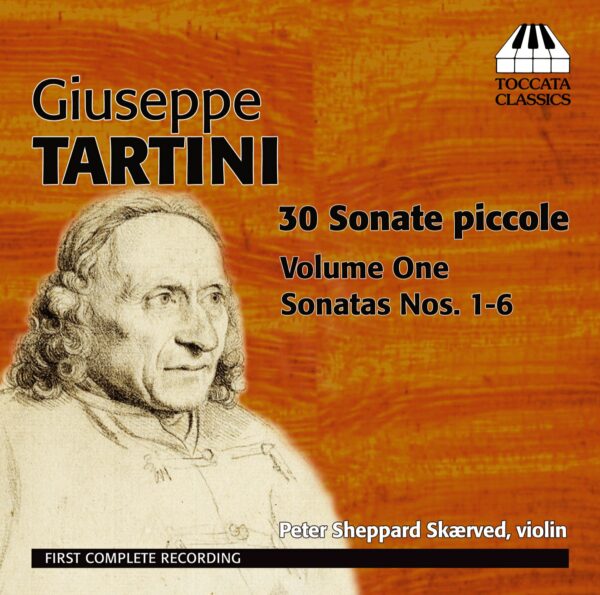
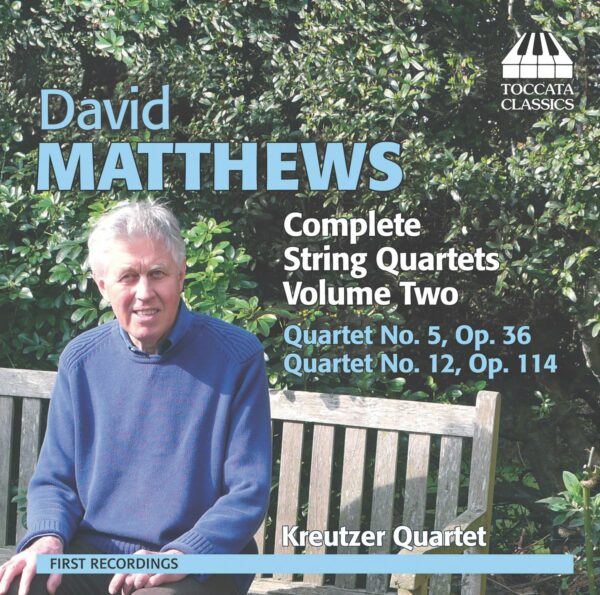
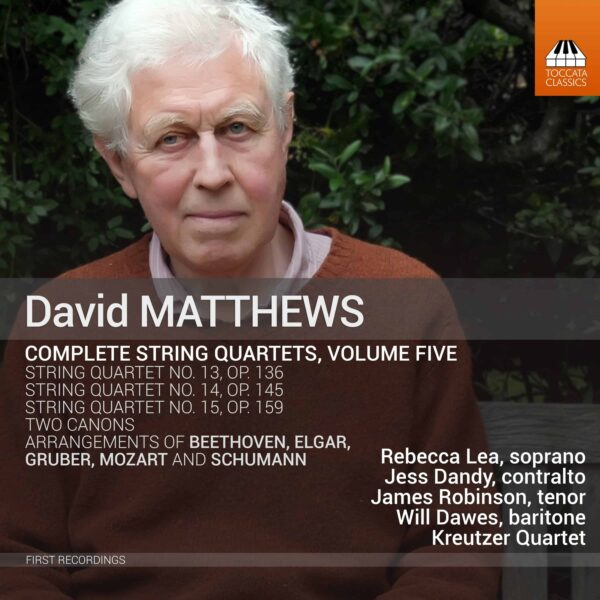
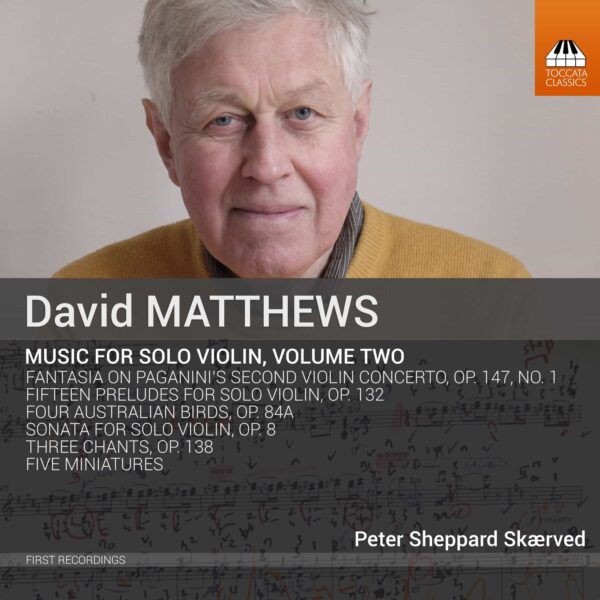
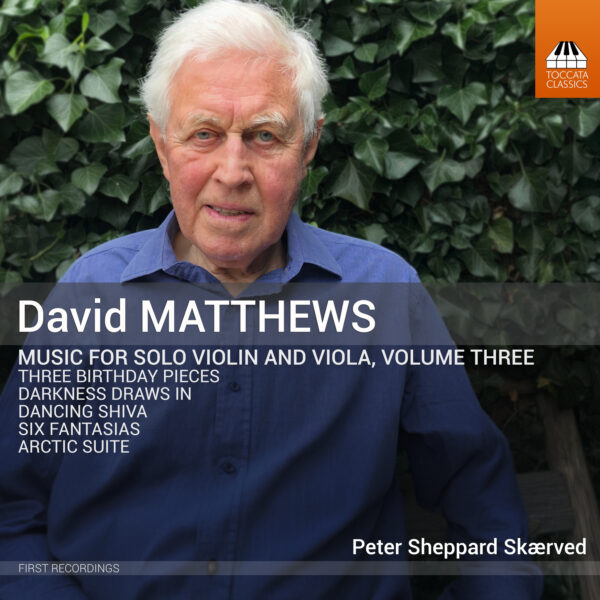
Infodad :
‘Skærved has a fine sense of Baroque style and an understated virtuosity that fits these pieces very well. He is suitably upbeat, even celebratory, in the major-key works (Nos. 1 in G, 3 in D, 4 in C and the somewhat more understated No. 5 in F); and he brings tenderness and slight melancholy – but only to an appropriate degree – to those in minor keys (Nos. 2 in D minor and 6 in E minor). A full hour of solo-violin music can be a lot to listen to, but just as with Bach’s solo-violin works, Tartini’s encompass such a wide range of moods and techniques, and contain so much that is interesting both technically and emotionally, that they are a pleasure from start to finish.’
— Infodad
luz rek :
muy bella musica….
MusicWeb International :
‘the connoisseur of fine musicianship is in the most secure of hands [Skærved]. […]
Skærved […] praises his engineer’s efforts thus: “We have endeavoured to find a sound that Tartini would have relished: not the violin at a distance, but up close, the grain and fibre of bow on string manifest, the extraordinary, and sometimes disturbing, resultant harmonics more apparent.” Needless to say, Skærved is the one who knows what he is talking about. Similarly, his booklet notes are learnedly detailed and well written.’
—Byzantion, MusicWeb International
Fanfare Magazine :
‘the opportunity to hear all of the sonatas by a single violinist should be enough to entice listeners of all kinds, and especially violinists, to travel with Skærved through the entire voyage. Recommended.’
—Robert Maxham, Fanfare Magazine, July/August 2013